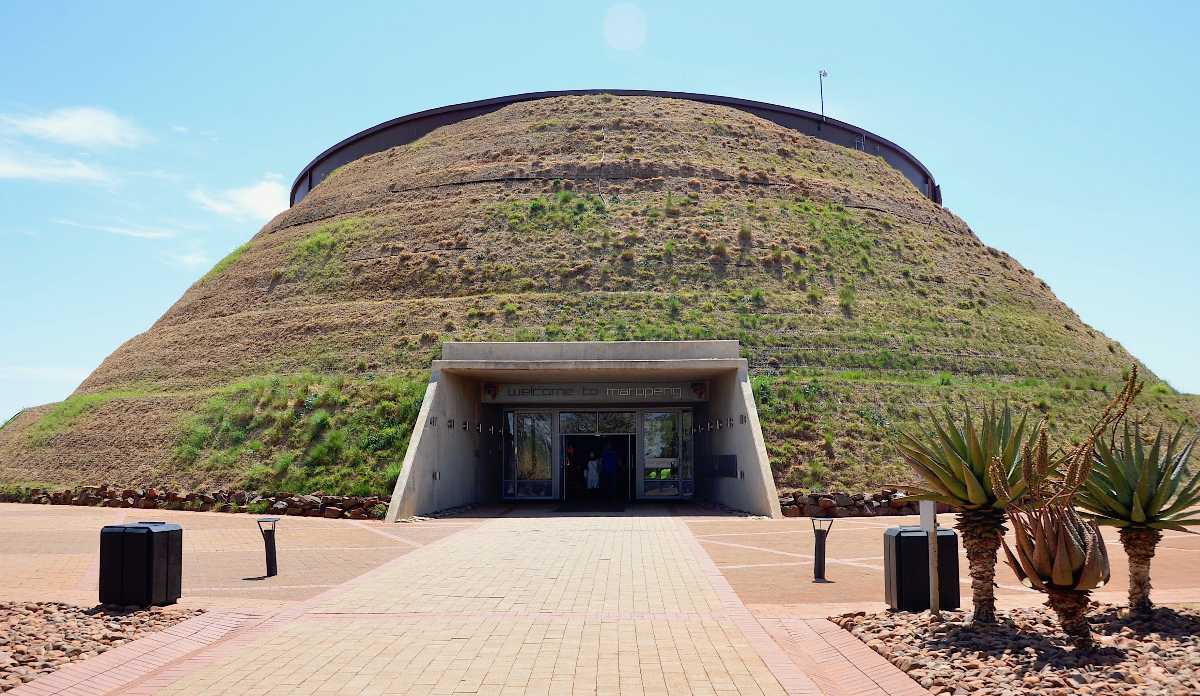All about Johannesburg North Attractions
All about Johannesburg North Attractions
Blog Article
3 Easy Facts About Johannesburg North Attractions Shown
Table of ContentsJohannesburg North Attractions Things To Know Before You BuyThe Definitive Guide for Johannesburg North AttractionsHow Johannesburg North Attractions can Save You Time, Stress, and Money.The smart Trick of Johannesburg North Attractions That Nobody is Talking AboutIndicators on Johannesburg North Attractions You Should KnowThe smart Trick of Johannesburg North Attractions That Nobody is Talking AboutAn Unbiased View of Johannesburg North Attractions
Nonetheless you need to keep safety and security in mind and travelers have to remain sharp at all times when in strange surroundings. Speak with the residents when you remain in town to discover out concerning the area you are staying in. Johannesburg North attractions. When on the road (this does not apply to shopping center and various other secure atmospheres) ideal general recommendations is to attempt your ideal to look like a neighborhood and to avoid displaying any type of kind of wealth
The Definitive Guide for Johannesburg North Attractions
Professor Revil Mason O. J. (Thomson, 1946) explored the Witwatersrand's pre-colonial history. His historical job took off the 'em pty land' myth, according to which the region was devoid of human habitation before the arrival of European inhabitants. In his magazines Prehistory of the Transvaal: A Document of Human Activity (1962) and Origins of Black Individuals of Johannesburg and the Southern Western Central Transvaal Advertisement 3501880 (1986 ), Teacher Mason showed the extent of social and economic growth in the location before Europeans set foot here.

Little Known Facts About Johannesburg North Attractions.
He acted with the government's permission, granted after he had promised to keep his discoveries secret. In 1874, small mining procedures were started in the Magaliesberg, where an Australian, Henry Lewis, had found gold down payments. In 1878, David Wardrop found gold in quartz capillaries at Zwartkop, north of Krugersdorp. In 1881, Stephanus Minnaar discovered gold on the ranch Kromdraai, near the Cradle of Humankind.
In March 1886, a protrusion (quickly to be called the Main Coral reef) was found, rather fortuitously, on Gerhardus Oosthuizen's ranch Langlaagte. Some say that the Lancastrian coal miner George Pedestrian found this reef. An additional travelling English miner, George Harrison (who had previously functioned in Australian mines) acquired a prospecting permit in regard of Langlaagte in Might 1886.
He decided to carry on in a quest for greener pastures, and disposed of his Langlaagte claim for the handsome amount of 10. Alas: underneath lay the richest goldfield ever before discovered. The discovery of this rich auriferous reef provoked a gold rush that signalled the end of bucolic serenity in the southerly Transvaal.
It would, within 6 years, come to be the largest town in southern Africa. Within a years, it would make the Z. A. R. until then an anarchical and bankrupt little state the most affluent country in Africa. By the millenium, the Z. A. R. was to surpass Russia, Australia and the USA of America to come to be the world's leading gold manufacturer, creating more than a quarter of the world's gold.
What Does Johannesburg North Attractions Do?
It was recognized as Ferreira's Camp, called after Colonel Ignatius Ferreira. He was a anchor Boer adventurer upon whom the British authorities had actually bestowed the standing of Friend of the Many Distinguished Order of St Michael and St George (qualifying him to the post-nominal letters C. M. G.) in gratitude for his role in the battle that had deposed the Pedi king Sekhukhune in 1879.
2 other camps were established: Meyer's Camp on the ranch Doornfontein, and Paarl Camp. The latter was nicknamed Afrikander Camp; numerous individuals from the Cape Swarm worked out there.

What Does Johannesburg North Attractions Mean?
This name got currency by word of mouth, such that the State Assistant verified the name to the Mining Commissioner on 9 October 1886. Stands in the village were auctioned on 8 December 1886. While some stands were marketed for 10, others were torn down for as low as sixpence.
2 years later, these erven were to change hands for as long as 750 each. The tented camps dwindled as a dorp of corrugated iron structures developed and increased north of the mines located along the Key Reef Road. Locations such as Jeppe's Town (where working-class immigrants erected their dwellings) and Doornfontein (where the upscale new 'Randlords' began to create their extravagant houses) were soon contributed to the ever-expanding map of the town.
The 6-Minute Rule for Johannesburg North Attractions
Apart from the street names, there were no signs of Johannesburg being situated in a Dutch-speaking country., nearly everybody spoke English and even the Government servants dealt with one in English, unless they were very first dealt with in the Taal (or Low Dutch)'.
Britain had an interest in ensuring optimum problems for gold manufacturing on the web Witwatersrand, and that the gold was exported to London rather than Berlin a crucial made all the extra clamant by the Z. A. R.'s boosting toenadering with Germany. Mine owners were on a clash with President Kruger, whose plan of monopolistic concessions (frequently granted to his cronies) prevented mining firms from obtaining supplies of products (particularly dynamite) and labour on their very own, more affordable terms
The 2-Minute Rule for Johannesburg North Attractions
In 1890, the Volksraad had limited the franchise to white guys who had actually resided in the Z. A. R. for fourteen years or longer, therefore invalidating most of the immigrants (that happened to be the significant contributors to the fiscus). Frustration for the ballot was a plain pretext for promoting a different program; most uitlanders regarded themselves as momentary visitors and had no objective of staying in the Z.
Report this page